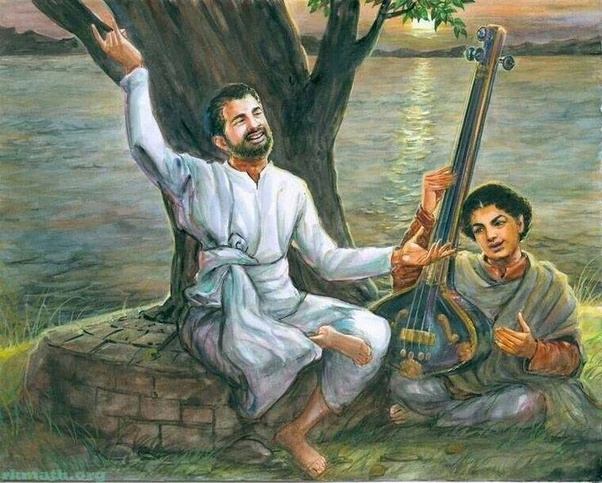Professor Satis Chandra Chattopadhyaya had a brilliant academic carrier. He first taught at Tangail College. In 1901, he joined Brajomohan College, Barisal where he came in close contact with Aswini Datta. In fact, Sri Datta initiated him in Nationalist Movement. During Barisal famine, Satis Chandra played a very significant role. He suffered imprisonment in 1908. For his involvement in Indian Nationalist Movement, he had to quit Brajomohan College. He came to Calcutta where he served both Surendranath College and City College. In 1924, he again came back to Barisal as the Principal of Brajomohan College. In 1911, he was converted to a Brahmo. Of course in the years to come, Satis Chandra was drawn to Vaisnavism.
Sri Ramakrishna lived a life of manifold spiritual realization. He approached Reality along numerous paths and had very varied experiences of it. …This is a sort of experimental verification of the truth that while Reality is one and is formless and nameless in one aspect, it may have many forms and faces in another. On the strength of such indubitable spiritual experiences and firm convictions, Sri Ramakrishna taught many truths for the good of mankind. He lived in an age in which the world was torn by conflicts of creeds and cultures, dogmas and doctrines, theologies and philosophies, and the relation between any two religious sects or communities was embittered by intolerance, jealousy and contempt of each other. It was the mission of his life to end these conflicts and bring about a reconciliation.
…In Sri Ramakrishna’s teachings we have a solution of the vexed problem of God and the Absolute, which is more satisfying than any to be found elsewhere. …Sri Ramakrishna not only preached the harmony of all religions, but his life itself was a harmony of all religions. He taught it and demonstrated it in his life by following many different religions and realizing the same God through each of them. …He taught that all religions from crude image-worship to contemplation of the pure, formless Brahman are true and that they are all capable of leading their followers to the highest end of the religious life, namely, God.

